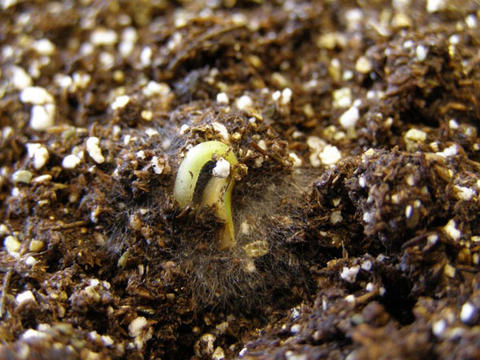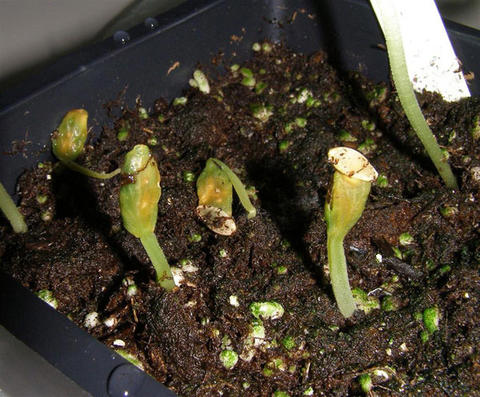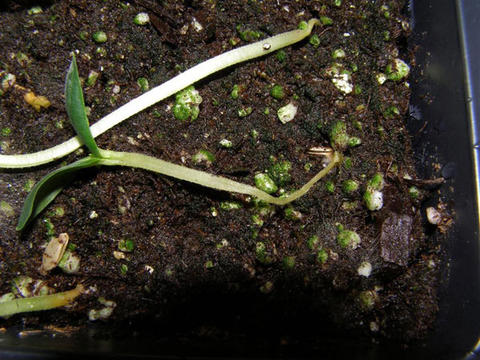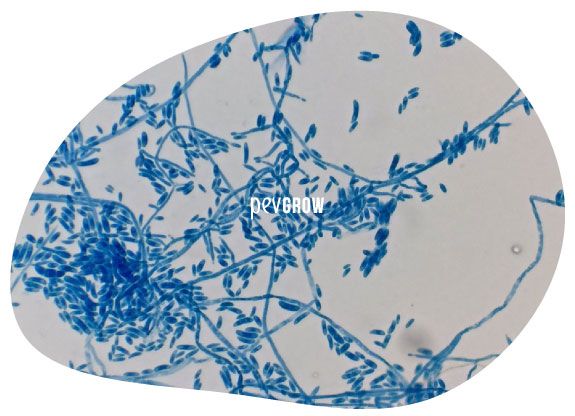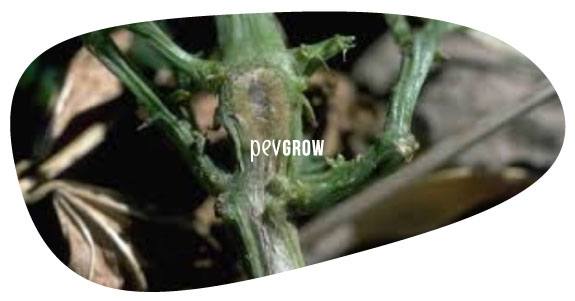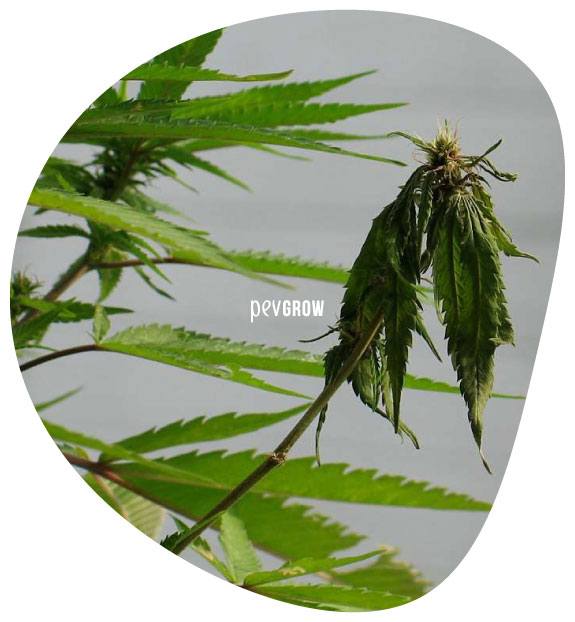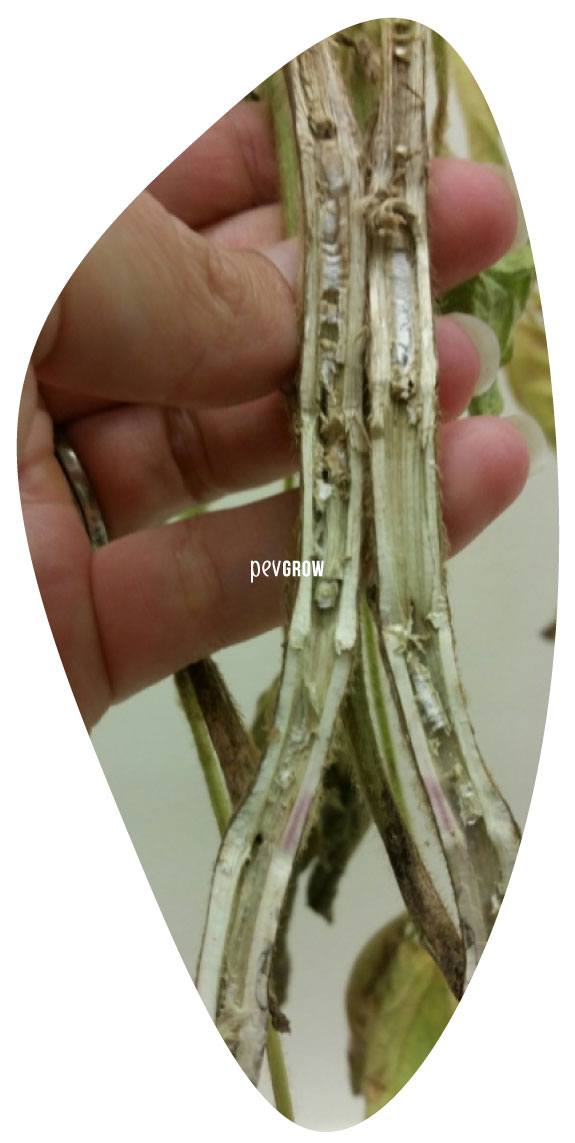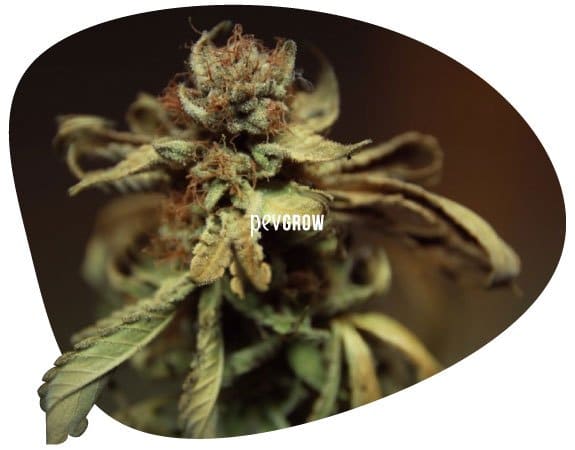- Joined
- Jul 20, 2020
- Messages
- 17,826
- Reaction score
- 71,647
This is 110% absolutely Pythium. I’ve posted that photo before. If your plants are doing this throw away everything and start over and start burning sulphur in your veg room. I know you snagged that off google and your sprouts look fine, but for anyone reading…
yep
Damping-off
October 2014
Michael Johnson, Grand County Horticulture Agent • Claudia Nischwitz, Extension Plant Pathologist
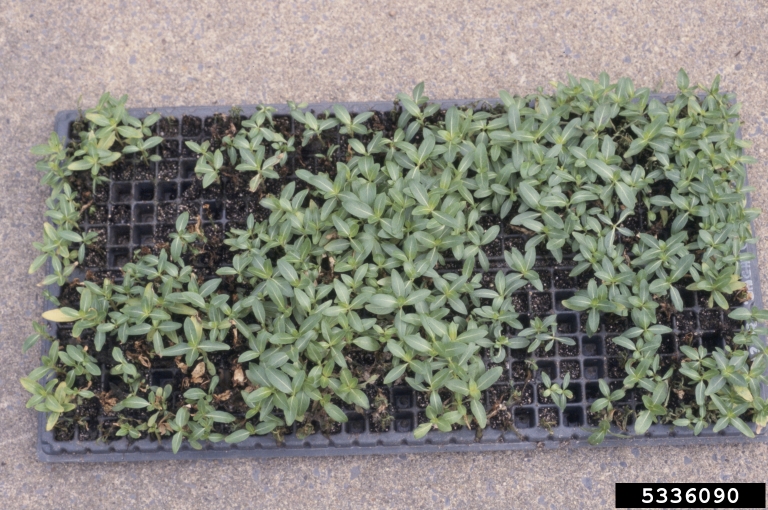
Fig. 1. Bare spots in seedling tray where seedlings
had been killed.
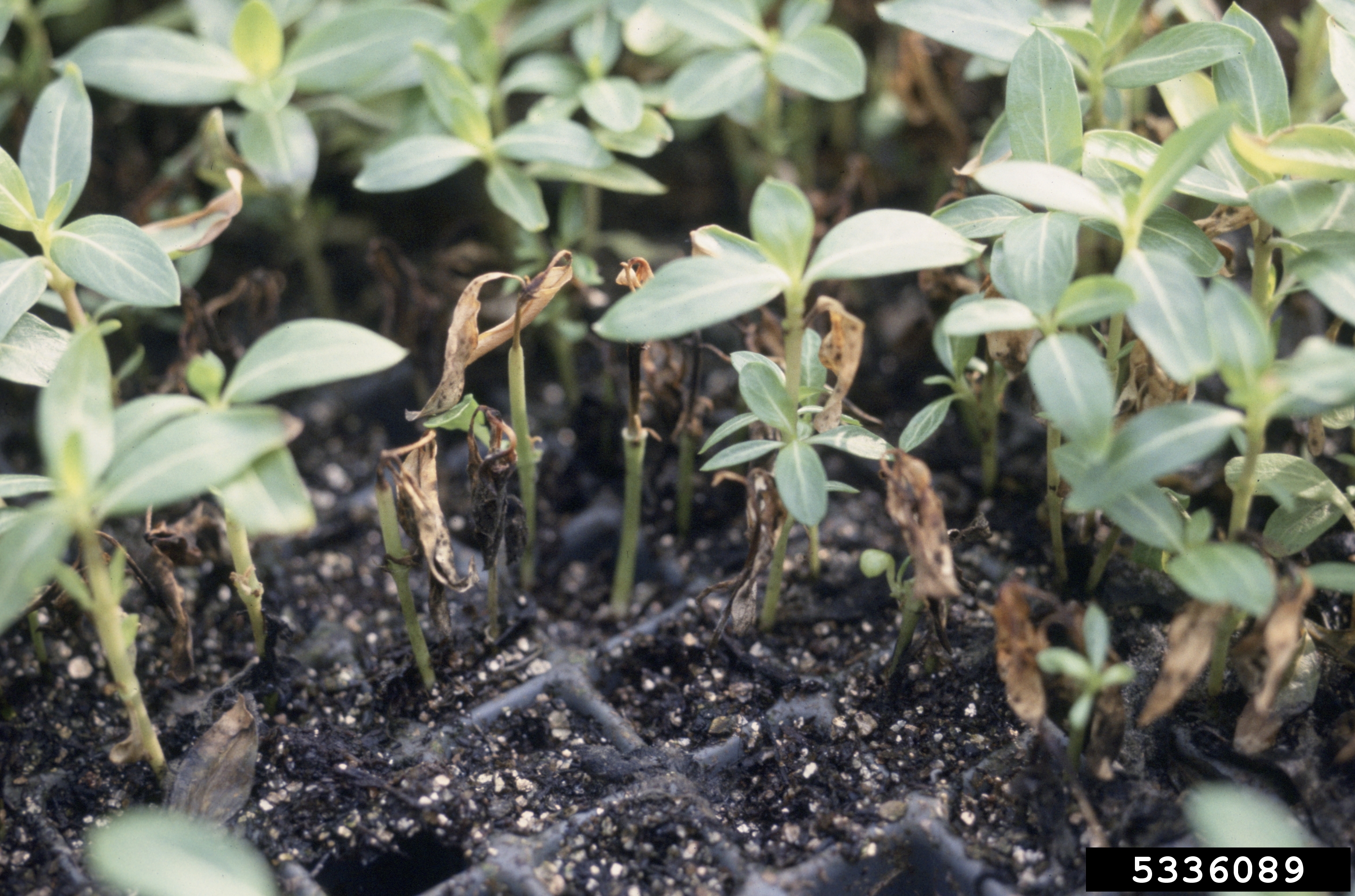
Quick Facts
- Damping-off is caused by several soilborne fungi
- The fungi thrive in wet conditions. Some have motile spores that can swim in water from root to root
- It can easily be prevented by good sanitation andgood cultural practices
Symptoms
Symptoms vary depending on time of infection. If seedlings are killed during germination, circular bare spots occur in seed flats (Fig. 1). If seedlings have emerged, they may look normal the first few days and then the lower stem turns brown or black and the seedling falls over (Fig. 2).
Some species of Pythium are found in field soil, sand, pond and stream water and their sediments, and dead roots of previous crops. P. irregulare and P. cryptoirregulare have been isolated from almost every type of greenhouse crop grown but P. aphanidermatum seems to be associated primarily with poinsettia and very few other crops. Pythium is very rarely found in commercially available soilless potting mixes. It is easily introduced into pasteurized soil or soilless mixes by using dirty tools, dirty pots or flats, walking on or allowing pets to walk on the mixes and by dumping the mixes on benches or potting shed floors that have not been thoroughly cleaned.
Fungus gnat larvae and shorefly adult activity may also be involved in moving Pythium from place to place in greenhouses. When introduced into a soil mix that has been heat-treated for too long or at too high a temperature, Pythium can cause severe root rot because it has few competitors to check its activity.
Although Pythium species that form zoospores have long been considered a threat to crops grown in ebb and flood irrigation systems, this has not generally been true unless irrigation times are long (45 min. or longer) or if pots sit in puddles of water because the bench or floor does not drain completely. Pythium in hydroponic systems is definitely a threat to the crops. If Pythium infests a cutting bed, large losses occur. Pythium ultimum is primarily associated with soil and sand. When commercial growers switched to soilless mixes, this species became less important than when growers used field soil in the potting mix. P. ultimum does not form the swimming spore stage. Almost all plants are susceptible to Pythium root rot. Root tips, very important in taking up nutrients and water, are attacked and killed first. Pythium also can rot the base of cuttings.
Symptoms
- Plants are stunted.
- Root tips are brown and dead.
- Plants wilt at mid-day and may recover at night.
- Plants yellow and die.
- Brown tissue on the outer portion of the root easily pulls off leaving a strand of vascular tissue exposed.
- The cells of roots contain round, microscopic, thick-walled spores.




